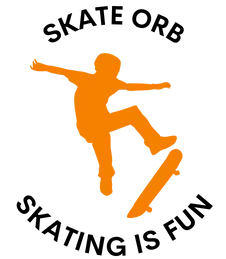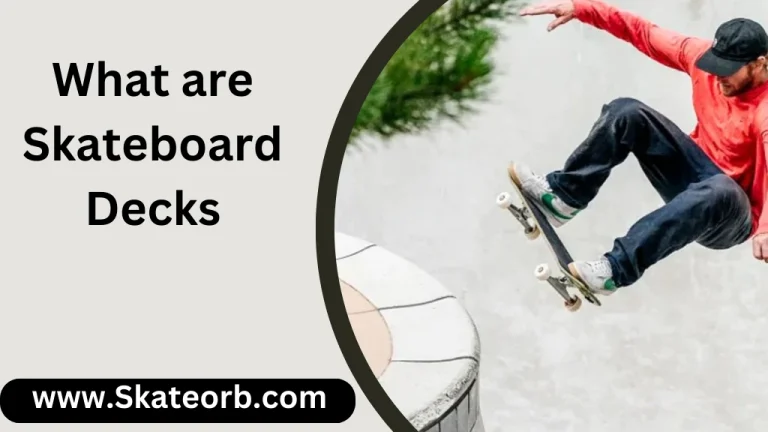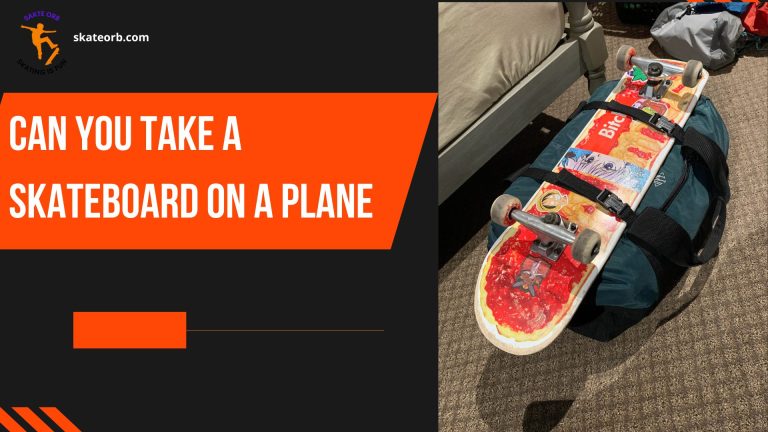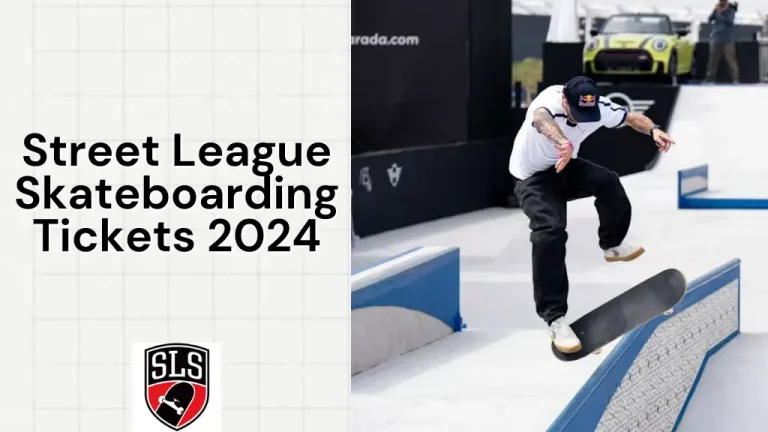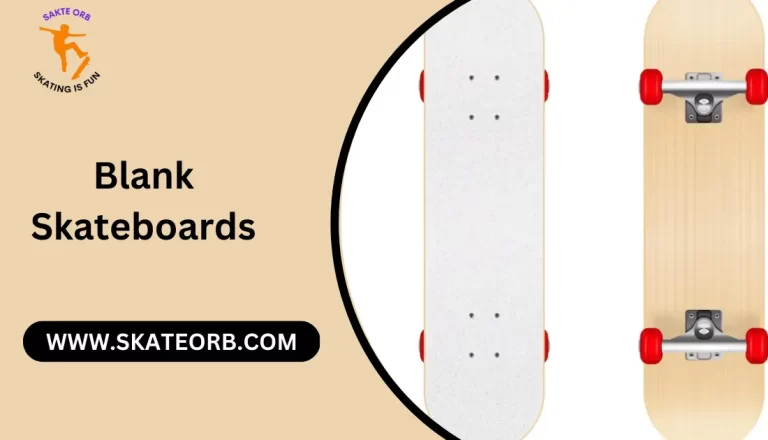What are Skateboard Risers & Do You Really Need for Better Ride
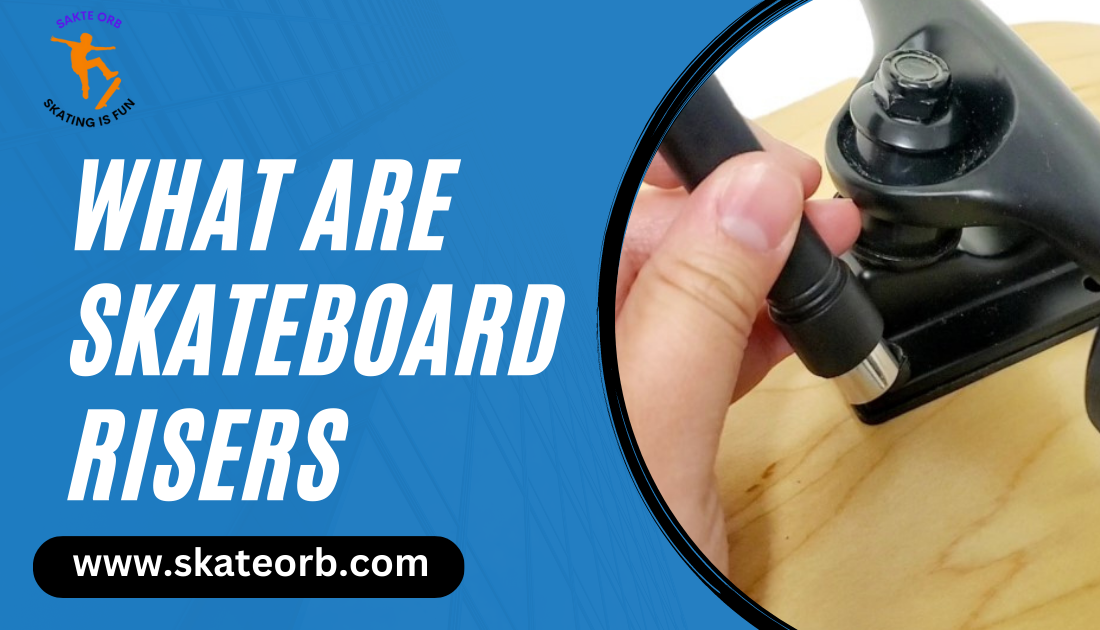
The overall height of the skateboard can be increased by inserting riser pads, also known as risers, between the skateboard trucks and deck. They are employed to prevent wheel bite, which happens when the skateboard deck is rubbed by the wheel during a turn or right after a trick.
Wheel bite can cause damage to your skateboard’s wheels and result in an unpleasant wipeout for you. Riser pads can protect your skateboard deck depending on your skating technique by lowering the chance of stress cracks where the deck and trucks connect.
Skateboards that are ideal have robust decks, good wheels, and good trucks. But not everyone is aware of the minor elements that are essential to their survival.
In this article, we will provide you detailed information about what are skateboard risers.
Skateboard Riser Pads
Riser pads are for longboarders, not skateboarders, in my opinion, and they really make skating much more difficult. If you enjoy cruising and performing a few simple tricks, you might want to think about riser pads.
Riser pads should be avoided by technical street skaters; while a thin shock pad won’t have an effect on performance, risers will make doing tricks frustrating.
Your skateboard’s height is increased by these. Performing tricks or easy carves on your board will therefore lower your risk of getting wheel bites.
Even though some skateboard decks have wheel wells, having riser pads adds an extra layer of security. Thunder riser pads used for preventing wheel bite.
Pros
Less wheel bite is really the only benefit for skateboarders. Trick becomes much more difficult when risers are added.
You will have more pop as a result of your increased height. Your tail will be farther off the ground, which could lead to more ollies. The majority of it now comes down to technique; riser pads won’t make you ollie higher automatically, but in theory, the extra space should give you more pop.
Cons
Riser pads have a number of drawbacks. They are excellent for longboards and cruisers, but generally speaking, skateboarders don’t do well on them. Your skateboard becomes unstable because of the increased centre of gravity, and landing tricks is more difficult. Landing your tricks won’t be much impacted by adding 1/16″ shock pads or 1/8″ risers. Any further than that will be frustrating.
Riser pad designs
After looking at what are skateboard risers let’s take a look at designs of risers pads are given below in detail:
Rectangular
The most fundamental shape for skateboard riser pads is this one. Your deck height will rise thanks to its form, and your feet will experience less shock. Be mindful that your board will be harder to manoeuvre the higher it gets off the ground.
Rectangular pads are useful for both skateboarders and longboarders, but if you have large longboard wheels, it’s advisable to get a thicker riser pad to prevent wheel bite. Try out several heights to see which suits your board and personal preferences.
Angled Skateboard Riser Pads
Angled risers lift your trucks and fix them at an angle from your deck thanks to their door jamb design. You can put them with an angle either towards or away from the centre. The angle of the kingpin and pivot point are altered by the addition of wedge risers, so depending on which way you face the angled risers, you can increase or reduce how much your trucks turn.
Install the wedge risers with the thick section closer to the board’s centre to improve your ability to turn. To produce various effects, you can even reverse the wedge’s directions.
Risers in the drop-thru form are offered in both angled and rectangular shapes. In recent years, many manufacturers have added intriguing design cutouts to their riser pads to give them a unique twist. It reduces the overall weight of your skateboard and not simply looks nice.
Furthermore, some skateboarders prefer to mix and match riser pads that are rectangular and angled. For instance, a flat riser on the back and an angled riser with a thick part towards the centre can boost your ability to steer in the front while stabilising the back, and vice versa.
Be aware that you will need to purchase longer hardware to account for the additional height regardless of the design of the riser pad you select! Consult the above calculator for hardware size.
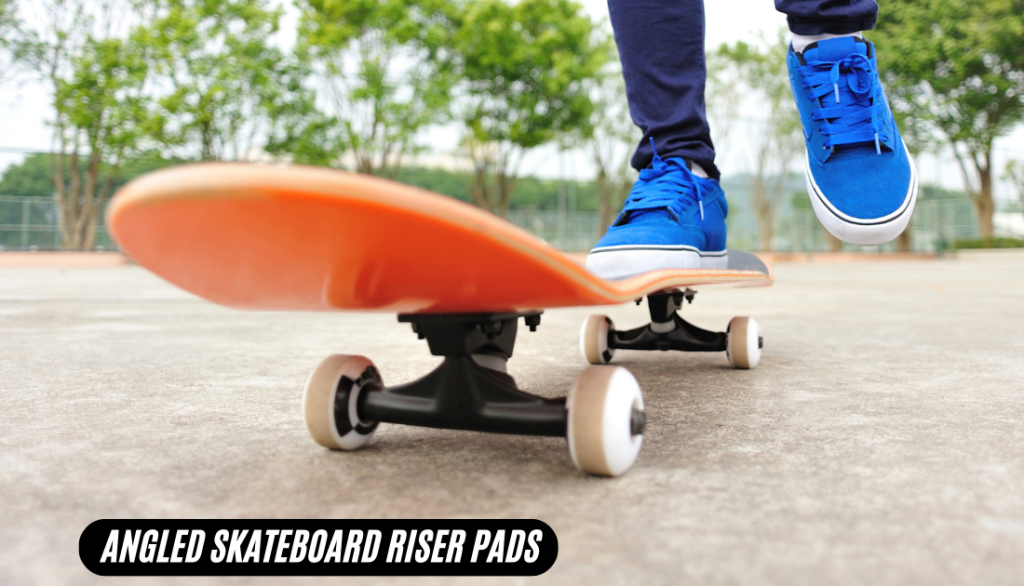
Riser Pads Types
Riser pads are available in a wide range of sizes, angles, and hardnesses. Thankfully, skateboarders are unaffected by wedges, riser pads, or durometers. Skateboarders just require conventional risers; that is for cruisers and longboarders. Let’s examine the various riser pad types:
Typical Riser Pads
The most popular riser pads are standard riser pads. Skateboard configurations typically range from 1/8′′ to 1/4′′, though the latter is already relatively uncommon. Standard riser pads are available in a variety of sizes; typically, the larger ones work best for longboards and cruisers and less well for regular skateboards.
Angular or Wedged Riser Pads
Angled riser pads are designed for longboards and cruisers rather than skating. Angled riser pads are available in a variety of sizes and durometers. Deeper carving is possible with softer riser pads, which also quickly return to their original shape.
Shock Absorber Pads
Shock absorbers not only lessen vibrations and impacts but also guard against pressure fractures in the vicinity of the truck foundation plates. As far as I am aware, shock pads come in 1/16″ and 1/8″ sizes. Although you can stack them, it would be preferable to acquire larger standard risers.
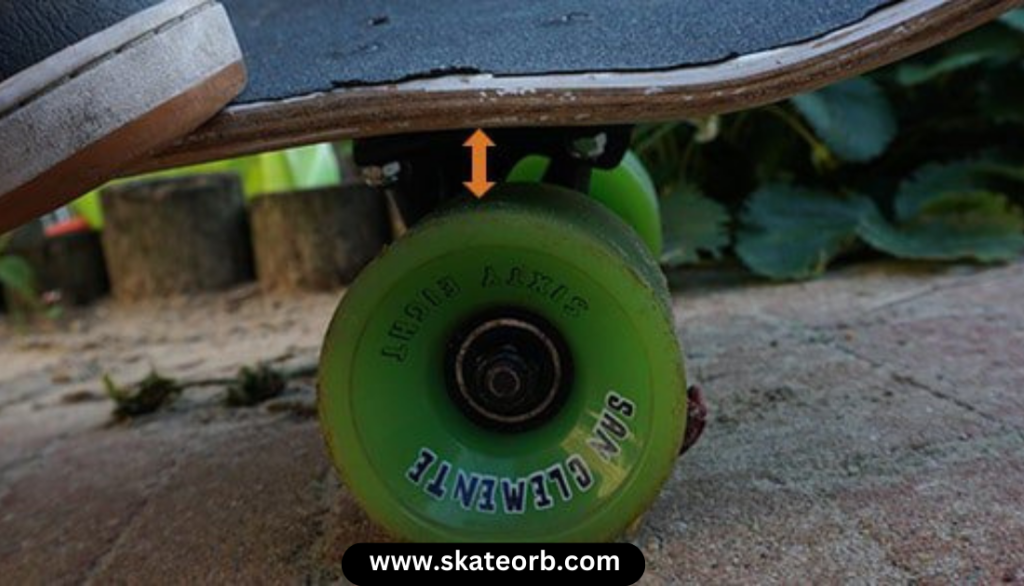
Riser Pads vs Shock Pads
Regular firm riser pads are primarily used to widen the wheel well and reduce wheel bite. Shock absorbers work to stop wheel bite and pressure cracks by absorbing vibrations from crashes. Obviously softer and constructed of rubber shock cushions. They also make biking on unforgiving surfaces more comfortable.
Riser pads are used to raise your board off the ground, but because of the increased centre of gravity, they also make your ride less stable. While less ideal for skateboards, thicker risers are fantastic for longboarders and cruisers.
Shock pads are often constructed of PVC, polyurethane, rubber, or a combination of these materials and can have edges that are sharp or smooth.
Riders may select the level of cushioning they desire for their deck because they are available in a variety of colours and thicknesses.
Skateboards have riser pads, also known as angled riser pads, which act as shock absorbers to make the ride smoother and minimise wheel bite.
They typically come in a variety of sizes and forms and are constructed of plastic or rubber. They are positioned in between the skateboard deck and trucks to elevate the board off the ground and act as a cushion for the wheels when they move over uneven surfaces.
By doing this, you can lessen the shock and vibration caused by rocky terrain and avoid wheel bite.
Shock absorber pads are designed to reduce hop and road shock. This advantage is made feasible by the fact that shock pads are made of softer materials like rubber.
Riser pads, on the other hand, work more as a deterrent to wheel bites. They are also better at sustaining speed due to their robust plastic construction, as the skateboard’s velocity tends to be resisted by layers that absorb shock.
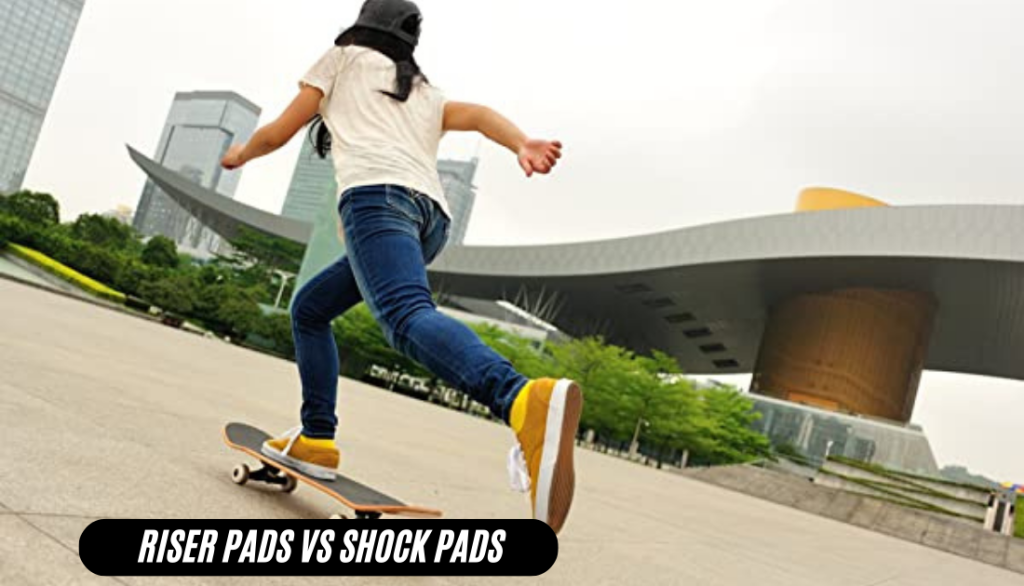
Riser pad measurements that match the size of the hardware
Selecting the best skate risers shouldn’t depend on personal preference. You must be familiar with your skateboard, its components, and its measurements. Consult the guide for skateboard risers below.
The odds of the nuts touching the end of the bolt are decreased by using skateboard truck spacers. Therefore, we require some additional hardware length. They should be matched with the risers.
There are many things to keep in mind and you have to move them from one to another side and they have to move them from one to another.
| Wheel size (mm) | Riser size (inch) | 7-Ply deck Hardware length (inch) | 8-Ply or 9-Ply deck hardware lenght (inch) |
| 49mm – 54mm | No risers | 7⁄8″ | 1 1⁄8″ |
| 55mm – 56mm | No need if you ride trucks tight | 7⁄8″ | 1 1⁄8″ |
| 55mm – 56mm | 1⁄8″ if you ride loose trucks | 1 1⁄8 – 1 1⁄4 | 1 1⁄4 – 1 1⁄2″ |
| 57mm – 58mm | 1⁄8″ | 1 1⁄8 – 1 1⁄4 | 1 1⁄4 – 1 1⁄2″ |
| 59mm – 60mm | 1⁄8″ – 1⁄4″ | 1 1⁄8″ – 1 1⁄4″ | 1 1⁄4″ – 1 1⁄2″ |
Conclusion
Riser pads have additional benefits and functions that you can take advantage of. The best thing, though, is that you now understand what riser pads are for skateboards. They enhance your riding experience and defend your deck from numerous harms.
Another technique to keep your skateboard in good condition is with riser pads. This advantage extends to the wheels as well as the surface because riser pads stop wheel biting. Hope so, this article gives you detailed information about what are skateboard risers.
FAQs
What are skateboard risers impacting?
Unless they are quite tall and cause a significantly higher centre of gravity, most riser pads won’t significantly slow down a vehicle. The majority of skate shops carry riser pads and shock pads side by side because they have many visible similarities.
Do riser pads Work?
As long as you stick with 1/16′′ shock pads or 1/8′′ riser pads, riser pads are acceptable for skateboards. In addition to making trick landing much more difficult and making your ride highly unstable, they also prevent wheel biting. Getting smaller wheels is preferable to adding risers.
What are risers?
Risers on a skateboard increase the space between your deck and wheels to lessen wheel bite. While not necessary for smaller skate wheels, 1/8″ shock pads can always be used to assist decrease vibration and stress cracks to your board. Risers are often advised for larger wheels 55mm and beyond.
What do risers do on a skateboard?
Regular firm riser pads are primarily used to widen the wheel well and reduce wheel bite. Shock absorbers work to stop wheel bite and pressure cracks by absorbing vibrations from crashes. Obviously softer and constructed of rubber shock cushions. They also make biking on unforgiving surfaces more comfortable.
What are truck risers?
Skateboard Truck Risers limit the vertical space between a truck bed and dock floor, making loading and unloading easier while also ensuring that it can be done safely.
What are skateboard pressure cracks?
When the bolts are tightened excessively tightly, pressure cracks frequently develop on the board. It gives the board very little room to suck in the impact while performing tricks. Even humidity contributes to the development of pressure cracks.

Who Is Roy Harris
Hey there, I’m Roy Harris, and skateboarding is my life.
Growing up in sunny Southern California, I fell head over heels for skateboarding at an early age. From the moment I stepped on a skateboard, I knew it was my calling.
